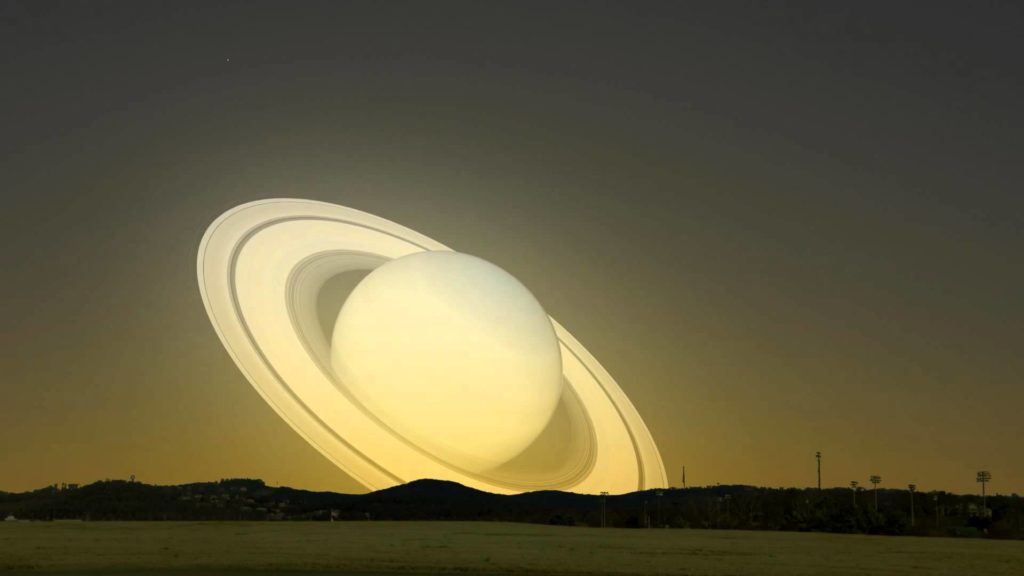Interstitial cystitis is a poorly understood bladder condition that causes long-term pelvic pain and problems with urination.
It’s also known as “painful bladder syndrome” or “bladder pain syndrome”.
The condition tends to first affect people in their 30s and 40s, and is much more common in women than men.
It can have a significant impact on your lifestyle, work, emotional health and relationships, but a number of different treatments can be tried to help relieve the symptoms.
Symptoms of interstitial cystitis
The main symptoms of interstitial cystitis are:
intense pelvic pain (felt below your bellybutton)
sudden, strong urges to pee
needing to pee more often than normal
waking up several times during the night to go to the toilet
The pain may be worse when your bladder is full and may be temporarily relieved when you go to the toilet. You might also find the pain is worse during periods or after having certain foods or drinks.
The symptoms will often come and go in phases. You may have episodes lasting days, weeks or months where your symptoms improve, followed by times when they’re worse.
When to see your GP
You should see your GP if you have persistent pelvic pain or you notice a change in your usual pattern of urination. These symptoms can have a number of causes, so it’s a good idea to get a proper diagnosis.
Your GP can refer you to a hospital specialist such as a urologist (a specialist in conditions affecting the urinary system) for further tests, such as a cystoscopy (a procedure to examine the inside of the bladder).
What causes interstitial cystitis?
The exact cause of interstitial cystitis isn’t clear. Unlike other types of cystitis, there’s no obvious infection in the bladder and antibiotics don’t help. In some people with the condition, the bladder is inflamed, ulcerated, scarred or stiff.
There are several theories about the possible cause of the condition, including:
damage to the bladder lining, which may mean urine can irritate the bladder and surrounding muscles and nerves
a problem with the pelvic floor muscles (used to control urination)
your immune system mistakenly attacking your bladder
an allergic reaction
It’s also been suggested that interstitial cystitis may be a symptom of a more widespread problem, as it’s been associated with conditions such as fibromyalgia, chronic fatigue syndrome (CFS), irritable bowel syndrome (IBS) and lupus.
Treatments for interstitial cystitis
Unfortunately, there’s currently no cure for interstitial cystitis and it can be difficult to treat, although a number of treatments can be tried.
No single treatment works for everyone, however, and there’s disagreement about how effective some of them are. You may need to try several treatments to find one that works for you.
Lifestyle changes will usually be recommended first. Medications and other therapies may be used if these don’t help, and surgery may be necessary as a last resort.
Lifestyle changes
Lifestyle changes that may help improve your symptoms include:
reducing stress – anything that helps you relax, such as exercise or regular warm baths, may help reduce your symptoms
avoiding certain foods or drinks (such as tomatoes and alcohol) if you notice they make your symptoms worse – but don’t make significant changes to your diet without seeking medical advice first
stopping smoking – the chemicals you breathe in while smoking may irritate your bladder
controlling how much you drink – try to reduce the amount you drink before going to bed
planned toilet breaks – taking regular planned toilet breaks may help stop your bladder becoming too full
You may also find it useful to contact a support group, such as the Interstitial Cystitis Association or the Cystitis and Overactive Bladder (COB) Foundation for information and advice about living with interstitial cystitis.
Supportive therapies and treatments
Some people also find the following therapies and supportive treatments helpful:
physiotherapy – massaging the pelvic floor muscles may help reduce any strain on your bladder
bladder retraining – where you gradually learn to be able to hold more urine in your bladder before needing to go to the toilet
psychological therapy – to help you cope with your symptoms and their impact on your life
transcutaneous electrical nerve stimulation (TENS) – where a small battery-operated device is used to relieve pain by sending electrical impulses into your body
Surgery and procedures
Surgery and other procedures may be recommended if you have clear abnormal areas (lesions) in your bladder or other treatments don’t work.
Procedures that may be carried out include:
cauterisation – where ulcers inside the bladder are sealed using an electrical current or laser
bladder distension – where the bladder is stretched with fluid, which can aid diagnosis and may temporarily relieve your symptoms
botulinum toxin injections – where a substance called botulinum toxin (such as Botox) is injected directly into your bladder to temporarily relieve your symptoms
neuromodulation – where an implant that stimulates your nerves with electricity is placed in your body to relieve pain and reduce sudden urges to pee
augmentation – making the bladder larger using part of the small intestine; this usually also includes removing any inflamed areas of the bladder
In very rare cases, it may be necessary to remove the bladder completely (cystectomy). If this is done, your surgeon will need to create an alternative way for urine to leave your body.
This will usually be through a small hole in your tummy called a stoma, but might involve making a new bladder using part of your small intestine (bladder reconstruction).
